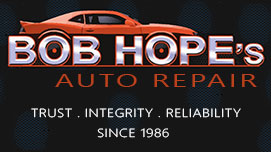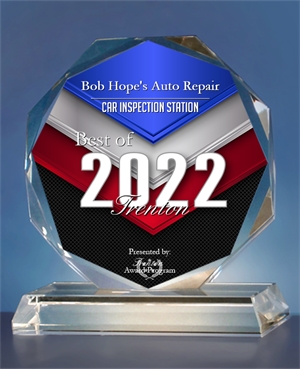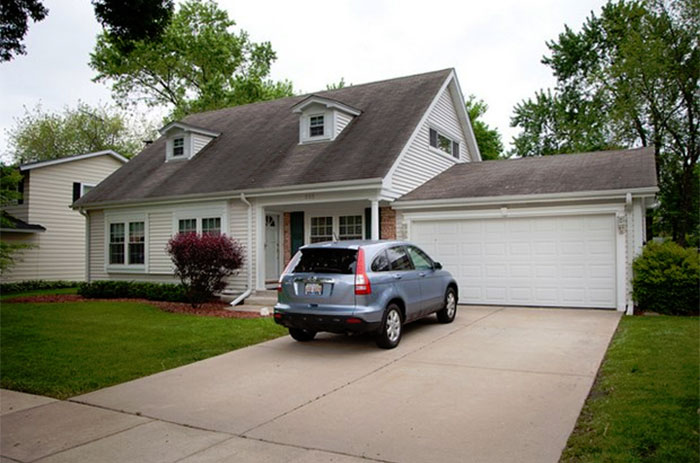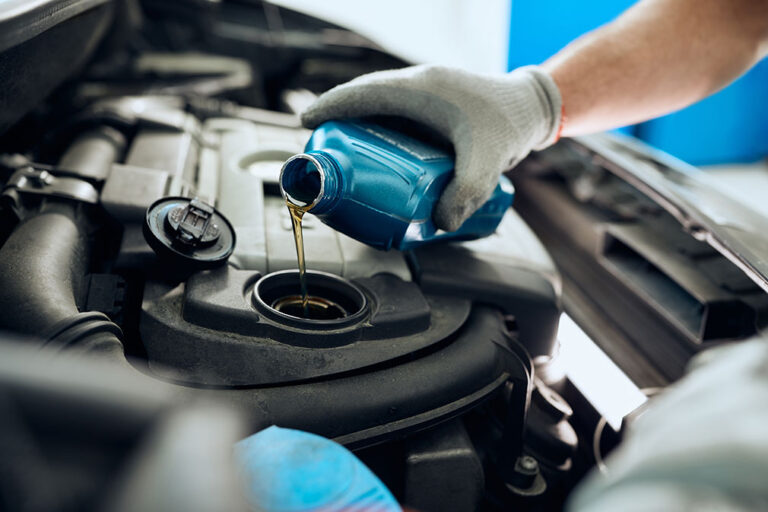Bob Hope’s Auto Repair has been selected as the Winner for the 2022 Best of Trenton Awards in the category of Car Inspection Station.
The Trenton Award Program purpose to support and offer public recognition of the contributions of businesses and organizations in and around Trenton.






